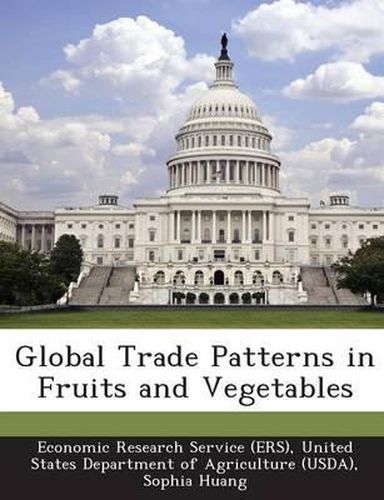Readings Newsletter
Become a Readings Member to make your shopping experience even easier.
Sign in or sign up for free!
You’re not far away from qualifying for FREE standard shipping within Australia
You’ve qualified for FREE standard shipping within Australia
The cart is loading…






International trade in fruits and vegetables has expanded at a higher rate than trade in other agricultural commodities, particularly since the 1980s. Not only has world trade in fruits and vegetables gained prominence, but the variety of commodities has expanded. Over the years, three regions-the European Union (EU), the North American Free Trade Agreement (NAFTA) area, and Asia (East, Southeast, and South)-have remained as both the major destinations and sources of supply. A substantial share of their trade is intraregional, particularly that of the EU. All the three regions, however, depend on Southern Hemisphere countries for imports of juices and off-season fresh fruits, and on equatorial regions for bananas, the leading fresh fruit import. In addition to global north-south trading, due mostly to the counter-cyclical seasons of the two hemispheres, Asian trade has also become much more important since the 1980s as incomes and populations have grown and policies changed.
$9.00 standard shipping within Australia
FREE standard shipping within Australia for orders over $100.00
Express & International shipping calculated at checkout
International trade in fruits and vegetables has expanded at a higher rate than trade in other agricultural commodities, particularly since the 1980s. Not only has world trade in fruits and vegetables gained prominence, but the variety of commodities has expanded. Over the years, three regions-the European Union (EU), the North American Free Trade Agreement (NAFTA) area, and Asia (East, Southeast, and South)-have remained as both the major destinations and sources of supply. A substantial share of their trade is intraregional, particularly that of the EU. All the three regions, however, depend on Southern Hemisphere countries for imports of juices and off-season fresh fruits, and on equatorial regions for bananas, the leading fresh fruit import. In addition to global north-south trading, due mostly to the counter-cyclical seasons of the two hemispheres, Asian trade has also become much more important since the 1980s as incomes and populations have grown and policies changed.